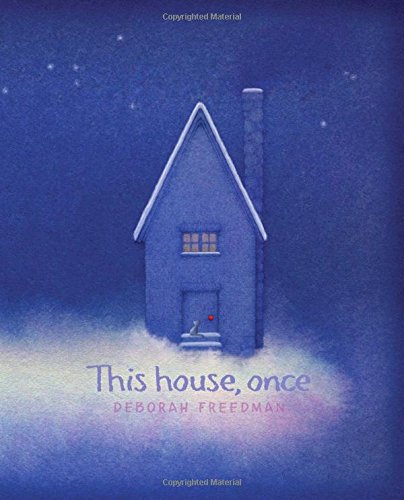Many of us have spent just as much time in math courses as we have spent wondering the point of those math courses.
However, today, what makes mathematics most fascinating — that is, visual representations — are more widely shared and distributed largely thanks to social media. And perhaps this is how math teachers everywhere will at last be able to help their students understand “the point.”
Resource #1: Fibonacci’s Spiral
This is how a Fibonacci spiral works pic.twitter.com/7byLBBc9dj
— How Things Work (@ThingsWork) February 20, 2017
Resource #2: Charts that visually debunk falsehoods.
In his swearing in, AG Sessions talked about a "dangerous permanent trend" of increasing crime. That is not true. #AlternativeFacts alert pic.twitter.com/5DGYM9Xqxz
— Udi Ofer (@udiofer_) February 9, 2017
Resource #3: Power of Infographics
Provocation Questions:
- How can visual mathematics help societies?
- How can visual mathematics help individuals?
- What are patterns in visual mathematics that are relevant to your life?
featured image: DeathToTheStockPhoto















